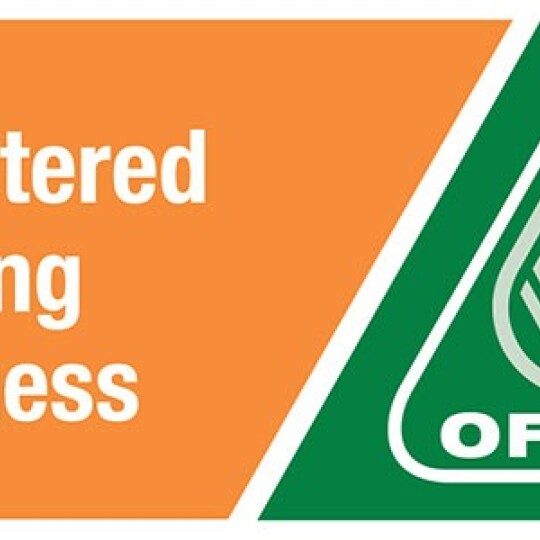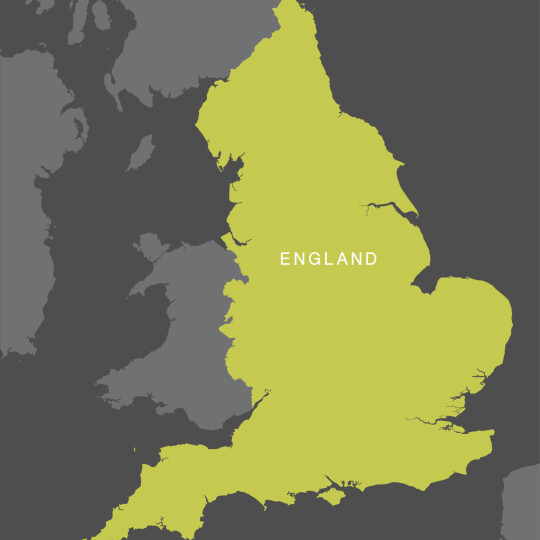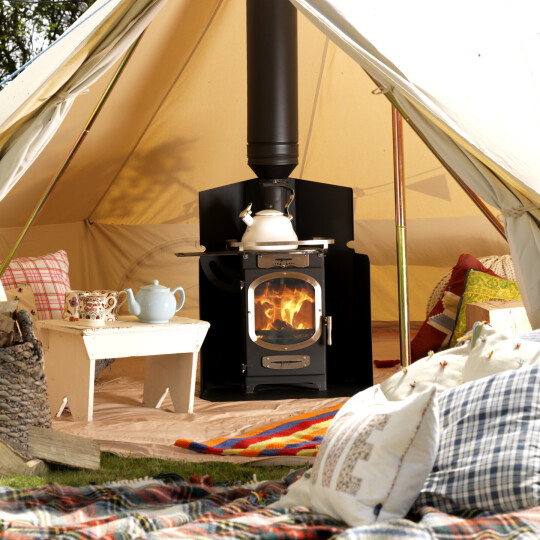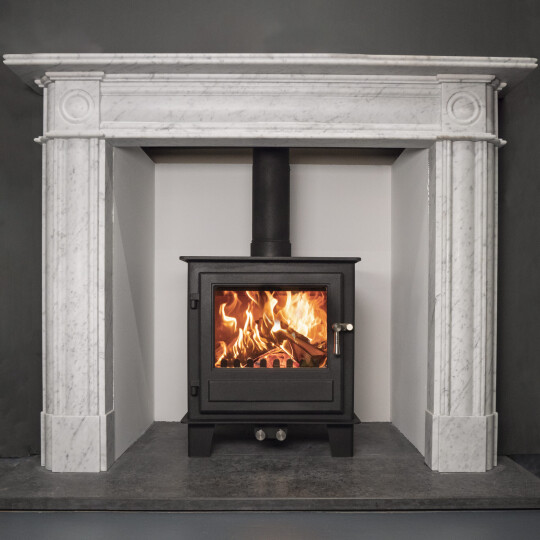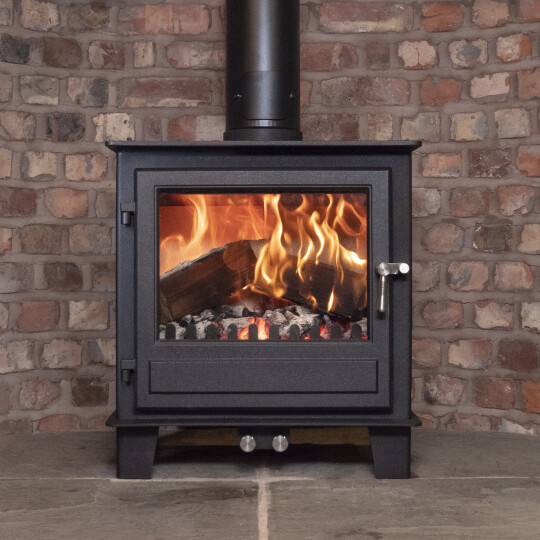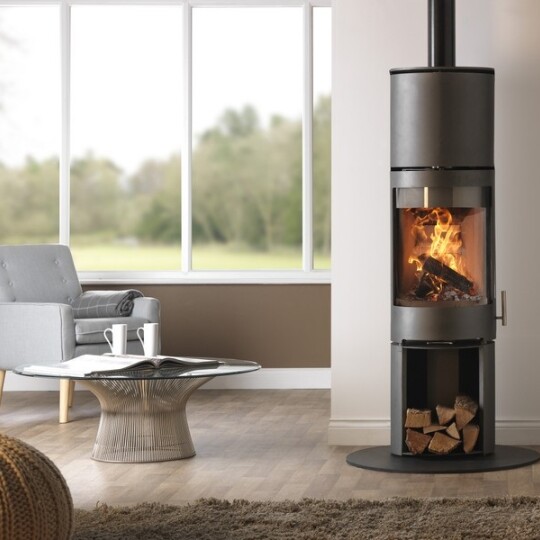Stove Industry Alliance response to calls to ban wood burning stoves
The Stove Industry Alliance released a response to ‘Mums for Lungs’ call to “ban wood burning stoves” this week and it explains the new regulations, and how they successfully impact the emissions produced by stoves, they also question the legitimacy of the argument that wood-burners are “the single biggest source of PM2.5 air pollution.”
The article explains that through following the new Eco design regulations and using well-seasoned wood the consumer can actively reduce their particulate emissions. The SIA highlight that if there is lots of wood smoke coming from the chimney, the wrong fuel is likely being used on the wrong appliance or it is an open fire. Whereas, Eco design, Ready to Burn certified wood burners release almost no visible smoke from the chimney. They emit up to 90% less particulate emissions than an open fire and up to 80% less than a stove that is over 10 years old. The SIA members point out that they are continuing to work hard to improve these numbers.
Modern Eco design compliant stoves are not only more environmentally friendly, but for the consumer, they are highly efficient and cost effective to run. When you look at it from an ecological view, they are very low carbon. The SIA state that wood has less than 1/10th of the carbon intensity of gas, electricity, and oil fuel, and in most cases, when wood burners are used for heating, they displace fossil-fuelled or electrical heating. Suggesting that with regard to carbon intensity it is a better option than traditional heating.
In the article, the SIA maintains they are aware of the implications wood burners do have with regard to the environment but want to acknowledge their commitment to progress. This is seen through independent certification schemes such as clearSkies, which sets standards that go well above Eco Design requirements. The SIA express that the stove industry is open to improvement and engaging with governments and local authorities in furthering the understanding of the factors contributing to poor air quality. The SIA make it clear that they fully support the provisions being made within the new Environment Bill for local authorities to tackle and enforce air pollution regulations under smoke control legislation. They affirm that they want to help address the problem of poor-quality fuel use in outdated appliances and open fires, which is actually illegal within an urban smoke control area yet still accounts for a frightening 70% of all domestic solid fuel burning in London alone.
In the article it is expressed that wood burners are not a “decorative choice” for the well-to-do as some like to suggest, the SIA point out that wood burning stoves have long been a sound choice for the environmentally aware customer. For the many thousands of households in rural areas and the many thousands more in fuel poverty, they are often the only choice for primary heating and are in no way a luxury. In the current economic climate in particular, also providing the security of being able to heat your home in the event of a failure in the gas or electricity supply.
At the end of the article the SIA emphasise that in order to address the issue of air quality and to channel our actions to the right areas we must first get our facts straight. The statement domestic wood burning is “the single biggest source of PM2.5 air pollution” has always been disputed by the wood burning stove industry because the data on which this calculation is based on is fundamentally flawed. Focussing on the classic argument of car pollution vs wood burner pollution, the SIA state that the comparison between diesel vehicles and wood burning stoves when assessing impacts on pollution is factually misleading and unhelpful. They point out that the comparison takes no account of brake and tyre emissions which are the biggest source of vehicle pollution, nor does it consider the dispersion levels; wood burning stoves vent up and out of a chimney well above roof level, whereas vehicle emissions are released at human height and are therefore a much greater risk to an individual’s health, which Mums for Lungs focusses on.
Overall, the SIAs article successfully ‘debunks’ many false facts and is super useful for explaining the progress the SIA and other groups in the stove industry are making. It works well in providing accurate information for homeowners to make informed choices.



